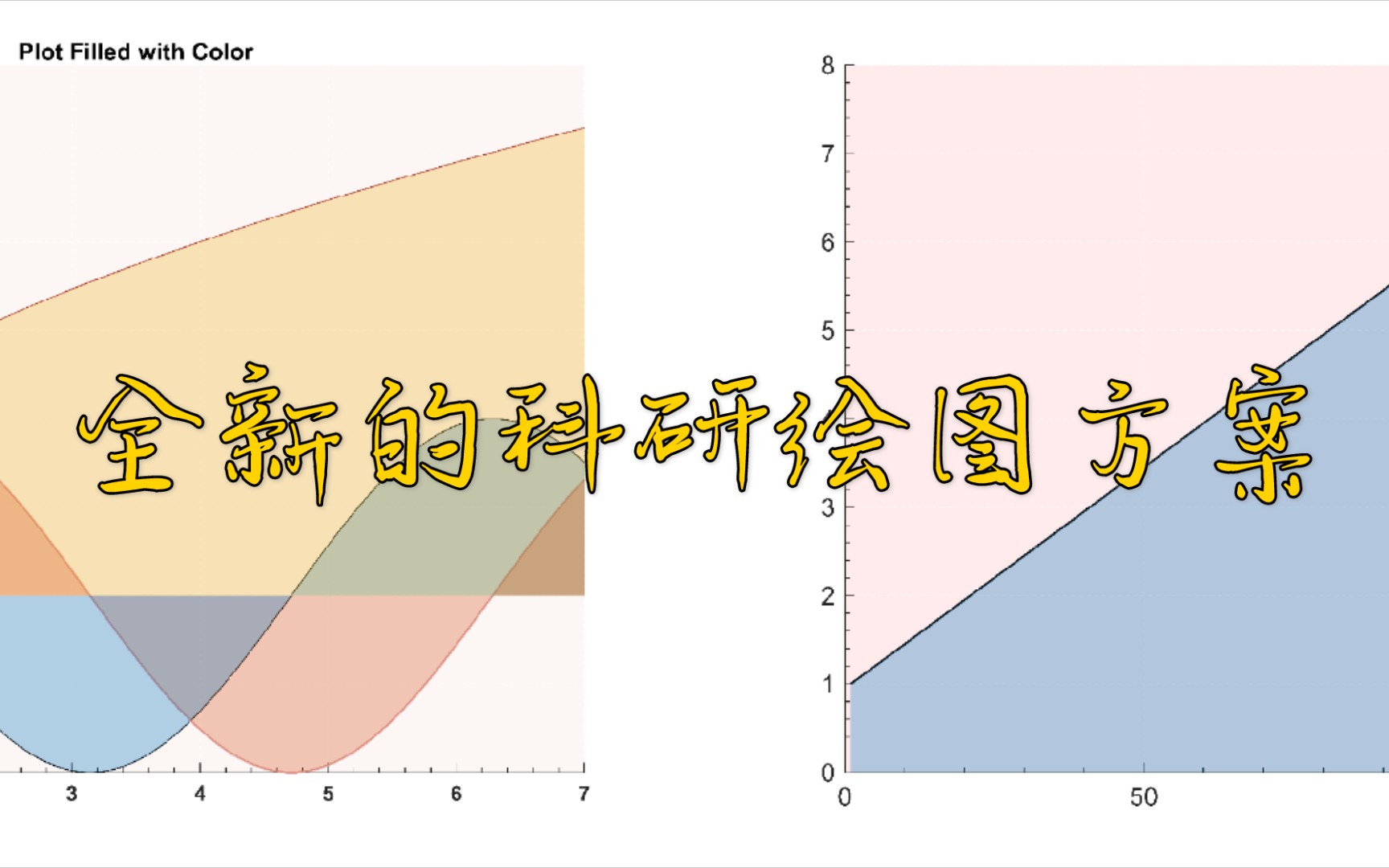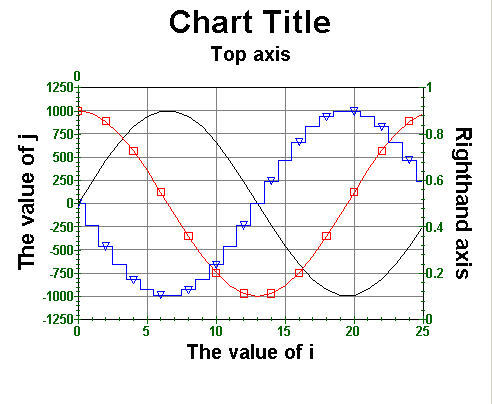


You can get arbitrarily close to instantaneous and still expect meaningful chromaticity, within the bounds of precision, so the limit as the sampling bandwidth goes to 0 is the ideal spectral locus, even if it disappears at exactly 0. The chromaticity diagram shows a set of primaries' color reproduction potential, but the gamut rings plot makes plain the display's real color performance. For the complete Matlab or Octave novice, please have a look at Getting Started with MATLAB and/or GNU Octave, Getting Started. This guide assumes some basic familiarity with Matlab.

Instead, they're narrow bands of the spectrum near their wavelengths. You may want to rename the unzipped folder from gamut-volume-m-master to gamut-volume-m to be consistant with the git instructions above. The use of sampling means that the spectrums for the monochromatic sources are not taken to be instantaneous values. The colormap MAP can either be a Matlab or a userdefined colormap. The condition vector C is independent of the values of X and Y but must be the same size. What color is Red Green Blue It depends on the location of the defining RGB color space's XYZ/xyY coordinates: The reddest possible sRGB red is more orange and less saturated than the reddest possible WideGamut red. Plots the vector Y versus vector X using conditional coloring based on colormaps. xy chromaticity coordinates for the sRGB and WideGamutRGB red, green, and blue primaries. Use plotChromaticity () function in MATLAB 2017b and above. The simplest explanation is that Y at the base of the shape is actually ever-so-slightly greater than zero. Conditionally Colored Plot (CCPLOT) Plots conditionally colored (2D line) graphs. The corresponding chromaticity coordinates are ulated by the CIE. However, that then raises the question: how do they have chromaticity at all, since the other two functions should also be 0? Fundamental Algorithms in MATLAB Peter Corke. This now makes some sort of sense, since they are monochromatic colors, and their spectrums should consist of a single point, and thus when you take the integral over a single point you'll always get 0. It's identical to the rendering I had produced a few hours earlier, and trying to figure out why it didn't make sense is, in part, what led me here.įor readers: the rendering is what results when you convert from, i.e. I happened upon this question while searching for a slightly different but related issue, and what immediately caught my eye is the rendering at the top. I have the data for the standard 2deg (I think) observer (I can't find a link) - you will need to divide by X+Y+Z to convert from XYZ to xyz. Two sets of colorimetric data, CIE 1931 10 observer data, are provided, from 360 to 830 nm, sampled at 5 nm. The gamut boundary is based on CIE Standard Colorimetric Observer Data. Theme Copy tic format long N 7 color depth per channel in bits Gamma 2.2 Rx 0. The CIE chromaticity diagram represents a CIE XYZ color space projection to xyY and its approximated RGB color gamut defined by a working color space.
Matlab cplot gamut on xy crhomaticity Patch#
Plot along with the convex hull and/or the spectral line you calculated. Using the math on I've managed to get a point cloud of the surface of a color volume (code below) in the CIELAB space, but that's where I get stuck. This MATLAB function plots on a chromaticity diagram the measured and reference colors, colorTable, for color patch regions of interest (ROIs) in a test. set_facecolor ( 'k' ) # Make sure our circles are circular! ax. Set the pixels at the xy locations to the RGB values. (I originally planned to post this a few months ago, but I got sidetracked writing about colormaps.)The first new function is called boundary, and it is in MATLAB. format ( T ), xy = ( x, y * 1.2 - 0.5 ), va = 'center', ha = 'center', color = html_rgb ) # Set the limits and background colour remove the ticks ax. Today I'll show you one way to visualize the sRGB color gamut in Lab space with assistance with a couple of new functions introduced last fall in the R2014b release. For each xy coordinate of my diagram I need to determine the corresponding Y value to obtain the complete xyY representation, from which XYZ tristimulus values can be calculated and finally sRGB values derived. There is no unique way to do this, but the formulation used here is based on the CIE colour matching functions, $\bar K'. Starting with xy coordinates I would like to plot a chromaticity diagram displaying just the sRGB gamut portion of the CIE xy chromaticity diagram. This article presents a Python script to map a spectrum of wavelengths to a representation of a colour.


 0 kommentar(er)
0 kommentar(er)
